Mastic or mastiha of Chios is a natural and aromatic resin obtained from the mastic tree. It’s the world’s first natural chewing gum! Since antiquity, mastic has been recognized for its aroma and its therapeutic benefits. It is also used in gastronomy and cosmetic products, which gives it a high commercial value.
Chios mastic is also a Protected Designation of Origin (PDO).
The tree
The mastic tree, also called lenticus or Pistacia Lentiscus var. Chia is an evergreen 2 to 3 meter tall tree that can live for over 100 years. It grows very slowly and it is considered developed after around 40 to 50 years. The tree begins to produce mastic after 5 years. Its productivity is maximum from the 15th year then it decreases sharply from the age of 70. The average annual production per tree is between 150 and 180 grams, but there are extreme cases where a tree can produce up to 2 kilos and others where the yield can be only 10g per year.
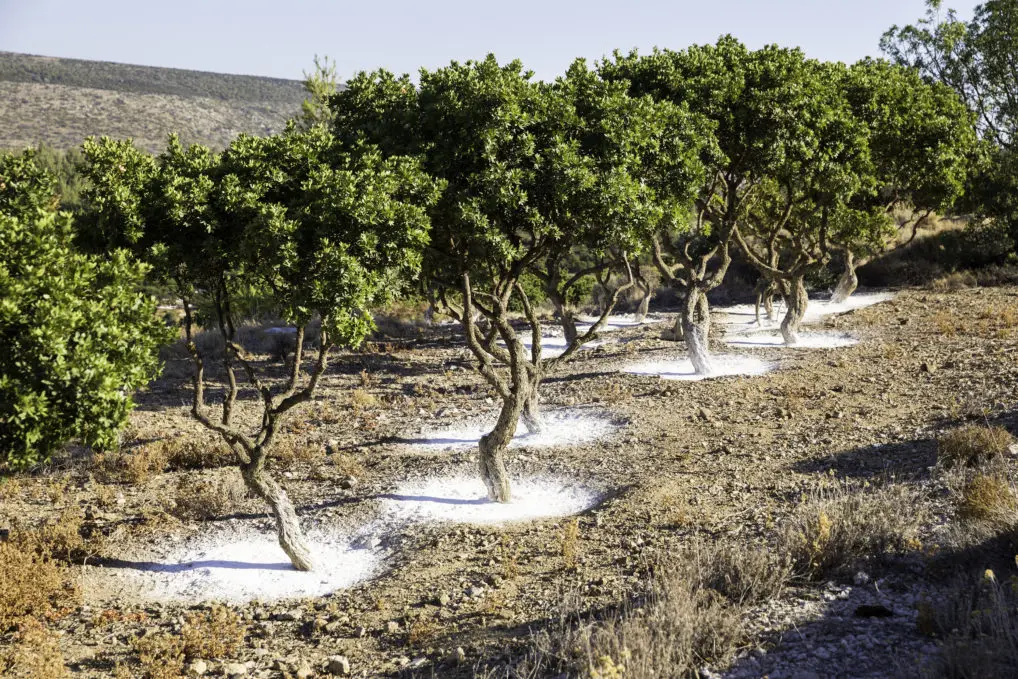
The mastic tree is hardy and can grow in infertile, arid soils and in severe drought conditions thanks to its roots extending into the soil. On the other hand, it is very sensitive to cold.
Trees of this family are found in other Mediterranean countries, but it is only in the south of the island of Chios that these form mastic “tears”. They are cultivated in the villages of the mastic called Mastihohoria in Greek (Mesta, Armolia, Pyrgi among others), where the climate is particularly hot and dry.
The production
Before « kentros »
Traditionally, mastic production has been a family job that lasts all year and has not changed over time.
Growers start by fertilizing trees and removing unnecessary branches for better air and light circulation so the resin can dry out. Before scratching the tree, they should remove all other plants around the trunk and clean it. They sweep and cover a ray around the trunk with white earth (thanks to CaCO3 – limestone – which does not react). They then scrape the ground to be smoothed out when they pick up the “tears.”
The « kentros »
Then it is the “kentros” stage, which is the scraping of the trunk with a tool called “kentitiri”, which begins in July and can last until the end of September. Growers begin to cut the bark superficially from the top of the trunk to the main branches. The resin falls to the ground in the form of a drop, hence the name “tears”. The resin appears in a liquid, viscous form that sticks. She’s transparent when she comes out of the tree.
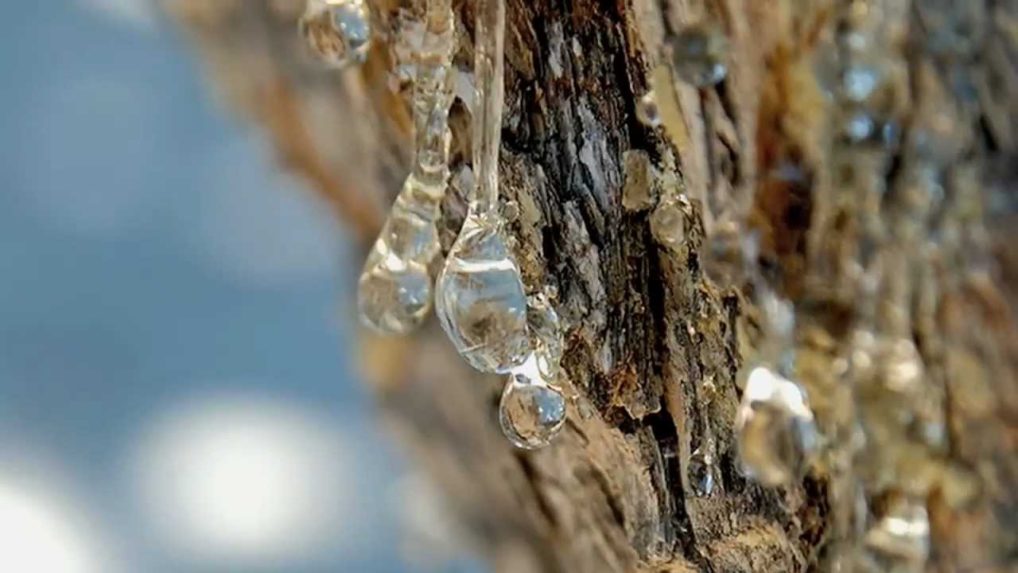
After 15 to 20 days, the resin dries and becomes solid. The shape of each “tear” is obviously different. It crystallizes, which allows growers to harvest and clean it to produce the natural Chios mastiha. They collect the larger pieces and the remains are swept up and picked up by hand. The colour after solidification is yellowish, but it fades over time and due to oxidation. Normally this process is repeated a second time during the same season.
The last stages
Finally, the pieces of mastic are placed in wooden boxes and kept in a cool place where they will be carefully cleaned for delivery to the Cooperative of Producers of Mastiha. This association concentrates the total production of mastiha, ensuring the processing of the product, packaging and marketing.
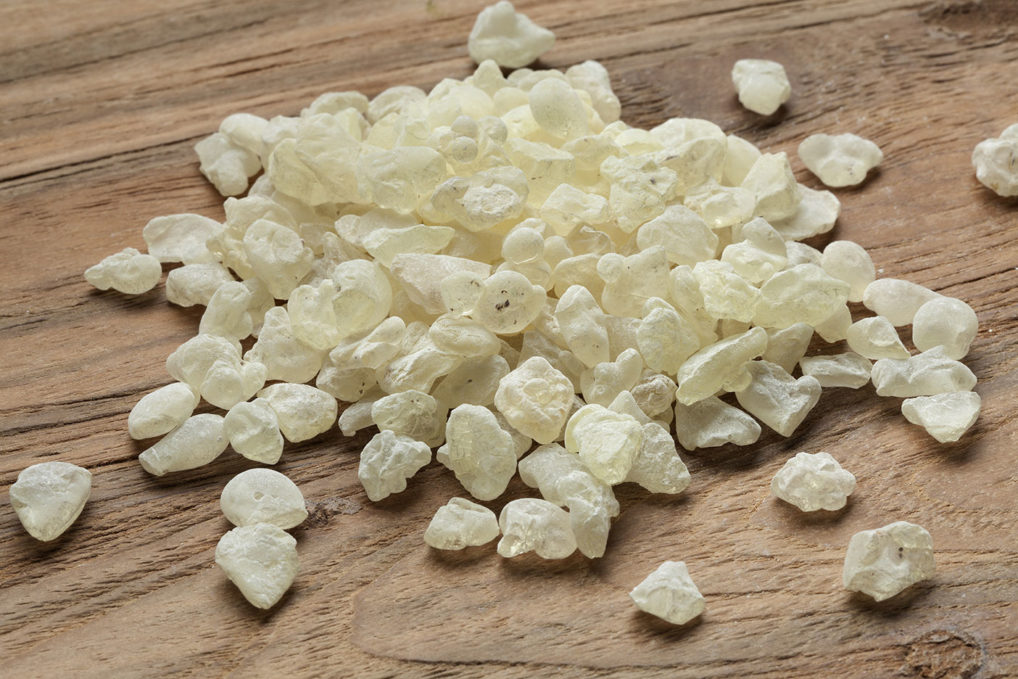
Benefits
Chios mastic has been known since ancient times for its pharmaceutical qualities due to its multiple components, less than a hundred of which have an amount that can be detected.
Dioscorides, the founder of pharmacology, was the first to understand its properties. He advised it for the stomach, cough and aromatization of the breath. Galen, the most famous doctor after Hippocrates, emphasized his qualities against inflammation of the stomach and intestines in general. But the benefits of mastic were also recognized by doctors of different eras and regions such as Aretaeus of Cappadocia, Rhazes, Avenzoar, Paracelsus or Antonio Menzani di Cuna among others.
Scientists have proven that mastiha has a beneficial effect against disorders of the digestive system. It is an effective way to relieve stomach pain, such as stomach upset and problems with dyspepsia.
Secondly, mastic has anti-microbial and anti-inflammatory action, it is an antioxidant and it contributes to oral hygiene. Other publications have highlighted its healing qualities without side effects for dermatitis and skin discoloration. It is also frequently used to treat post-operative wounds.
In modern life
Mastic has multiple uses in industries such as food, beverages, cosmetics and pharmaceuticals.
Traditionally, tears and mastiha liquor are used in making tsoureki and biscuits for the Easter. Mastiha tears, which are found in small, medium or large caliber can be chewed like chewing gum.
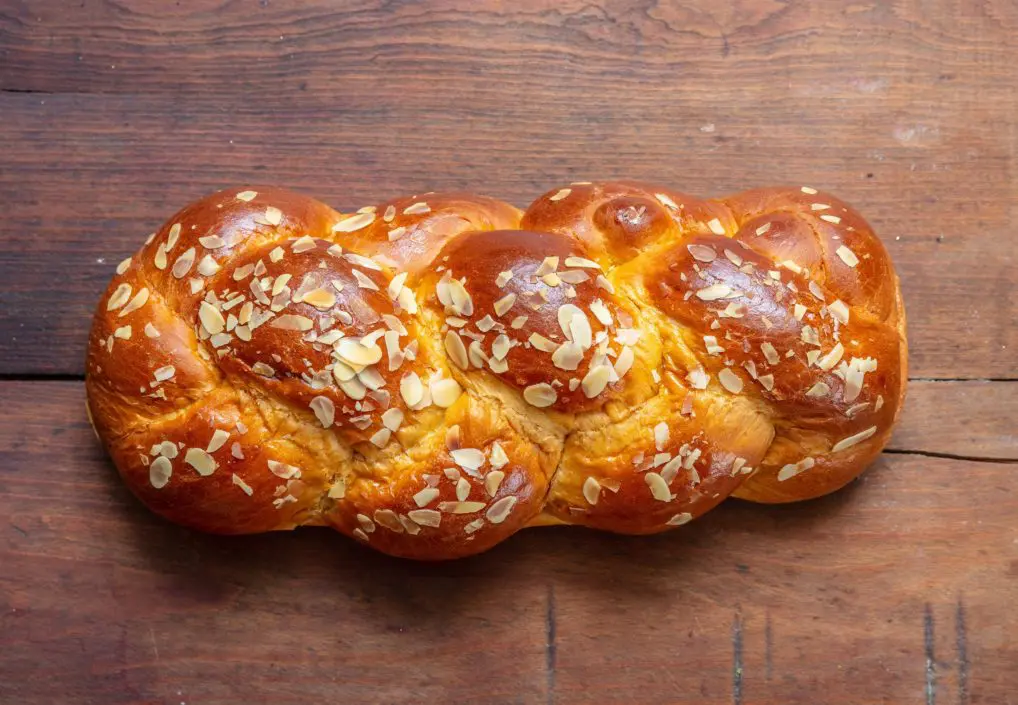
Many food products are made from mastiha tears, flavored oil or natural extracts. Among the most common are: cookies, candies, pastelia, baklava, loukoums, greek or oriental coffee, sparkling water or even chewing gum … The list goes on!

Mastiha liqueur, an excellent digestif served chilled at the end of the meal, is very popular in Greece. In recent years, this liqueur has also been used to make original cocktails such as Skinos and tonic, Otto’s Sparkler or aperitifs such as Greek Spritz.
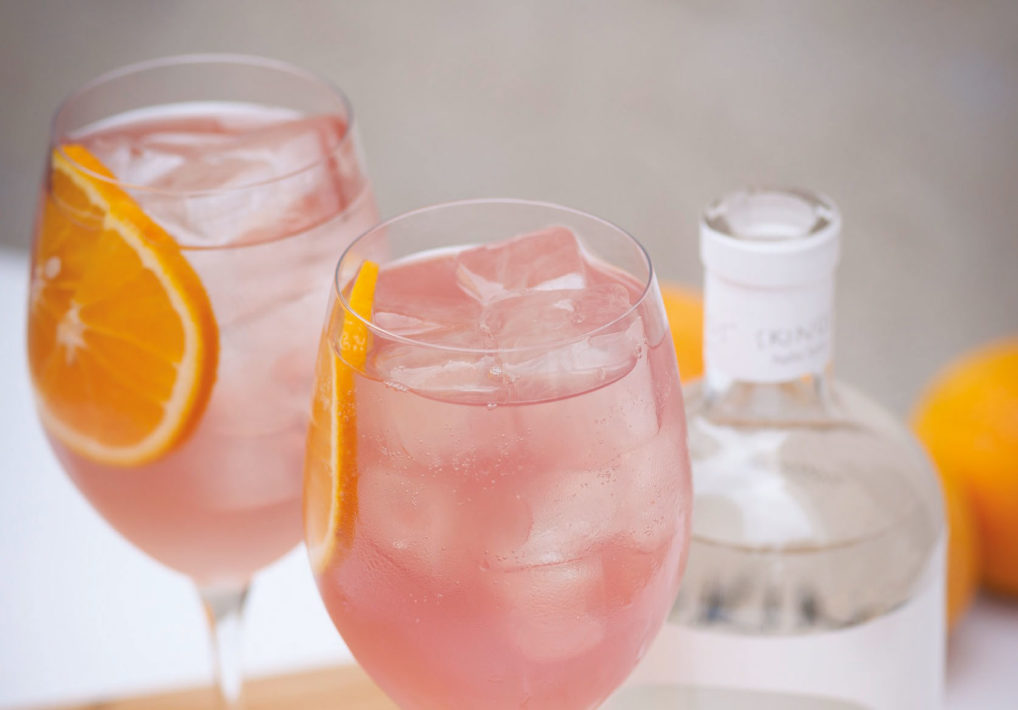
Chios mastic is truly a natural and amazing product. We invite you to discover it urgently if you do not know it yet!

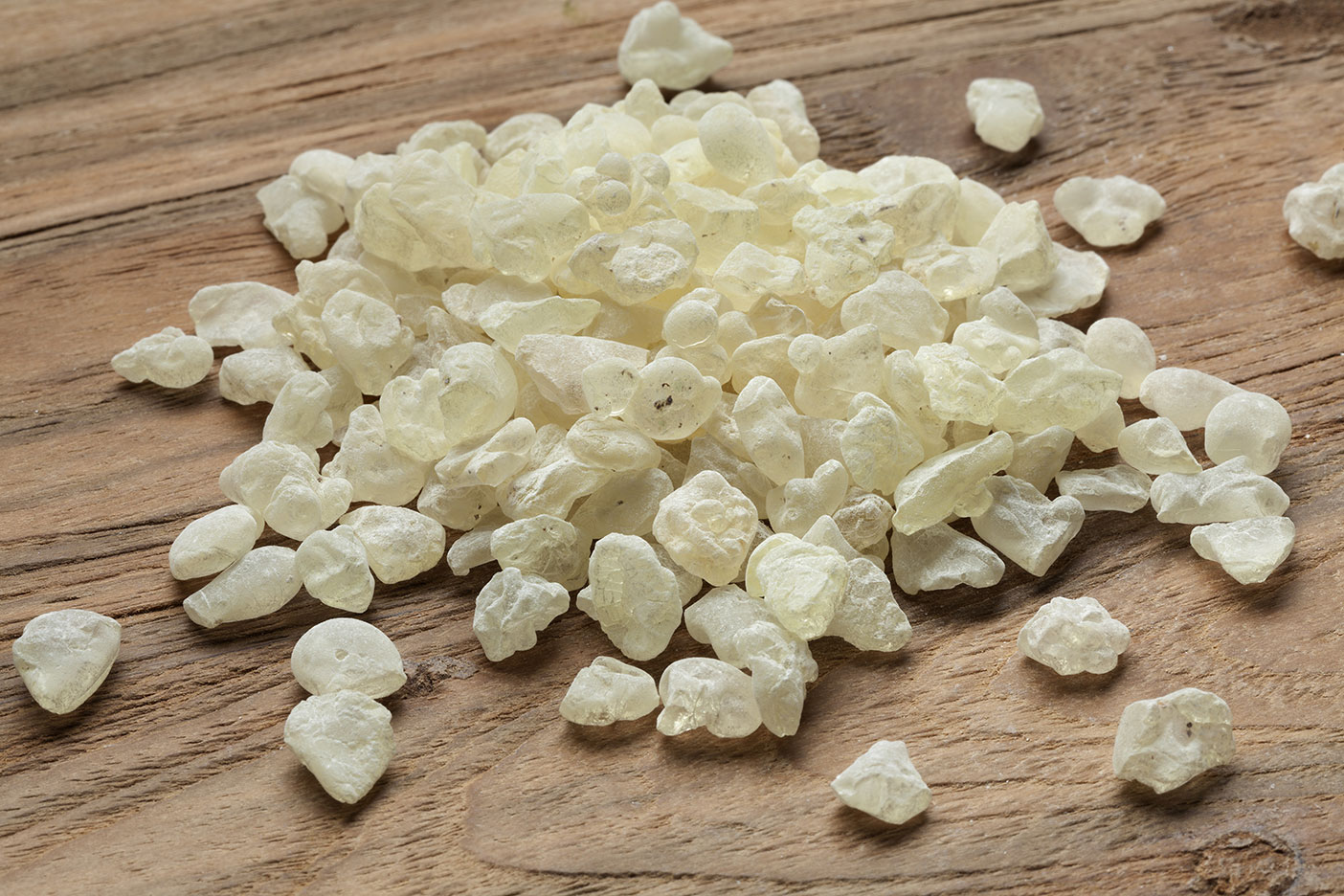
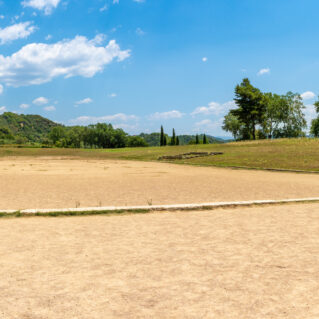


thank you for all the wonderful information. I will be purchasing this right away!